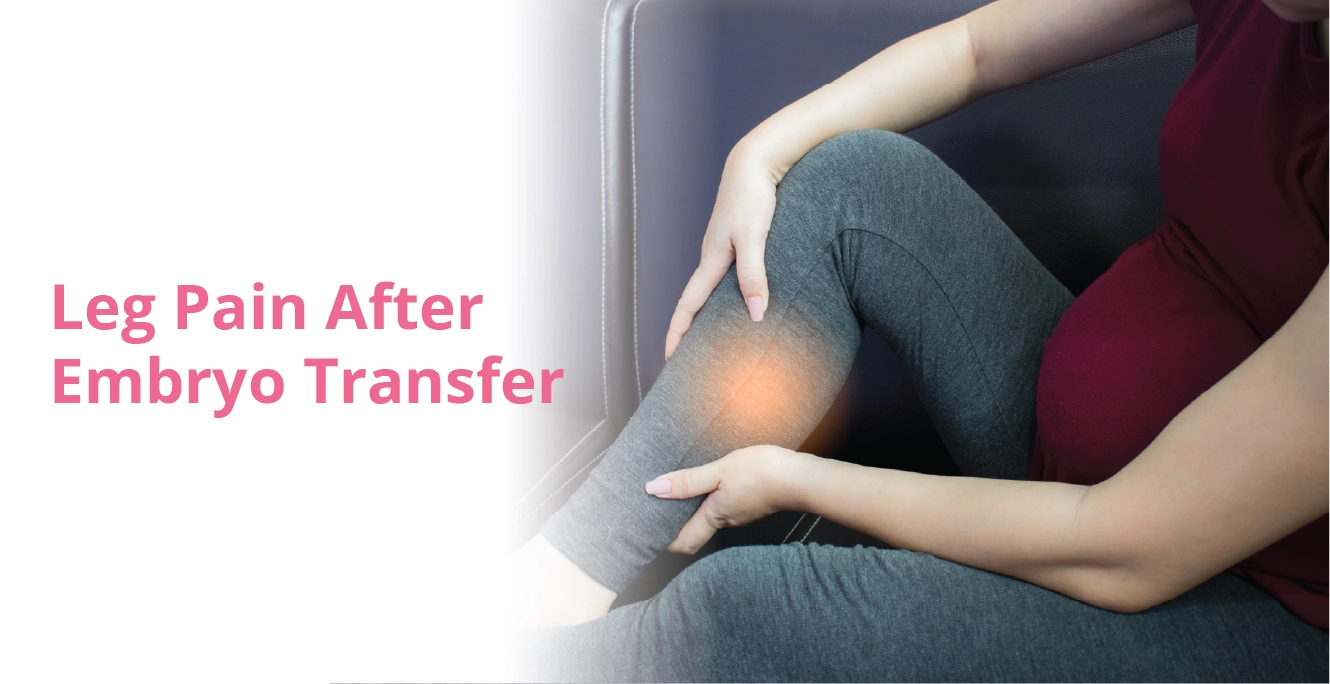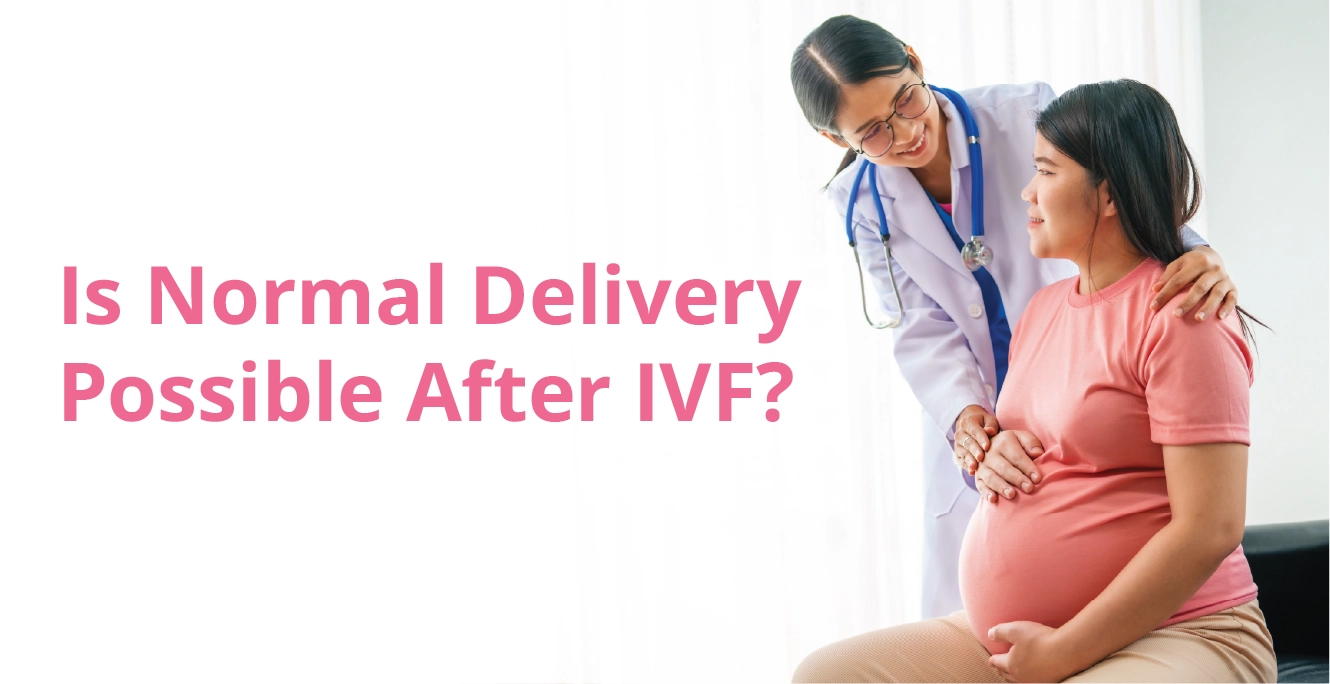
Benefits of using Frozen Embryo After a Failed IVF Cycle

Table of Contents
As you may know an IVF cycle involves the stimulation of the ovaries and the collection of eggs in an egg retrieval. The eggs are then fertilized and embryos are created in the laboratory. With a fresh embryo transfer, the embryo transfer is performed usually either three or five days after the retrieval.
In a frozen embryo transfer cycle, the embryo has been previously created, sometimes even years earlier, and then will be placed into the uterus.
With either a fresh or frozen transfer the endometrium or lining of the uterus needs to be prepared so that the embryo can more easily implant. The endometrium is usually checked with an ultrasound to see if it has an appropriate thickness and quality.
With a fresh transfer the estrogen made by the ovarian follicles helps to prepare the endometrium. With a frozen transfer, patients may use estrogen patches, pills, or shots to help the endometrium. Sometimes patients may not use any medications.
Why does a patient opt for frozen embryo transfer?
Frozen embryo transfers are very common. There are several reasons why a patient may choose or be encouraged by their IVF clinician to consider a frozen embryo transfer. One of the most common reasons for a frozen embryo transfer is that the patient has leftover embryos from a fresh cycle.
If a patient doesn’t get pregnant, has a pregnancy loss, or has had a baby but would like another, they can use the extra embryos that have been previously created. We’ve learned over the years that there may be other factors that may lower the chance of getting pregnant with a fresh transfer, thus making a frozen transfer a good option.
These factors may include concern for worsening ovarian hyperstimulation syndrome if a patient conceives with a fresh transfer, elevation of progesterone during ovarian stimulation, leading to concern that the embryo and the uterus are out of sync.
Patients planning genetic testing of the embryos usually need to freeze the embryos while waiting for test results. Finally, if there is an issue with the endometrium, such as a polyp or a thin endometrium, the transfer may be cancelled until the uterus can be evaluated completely.
In general, the chance of getting pregnant with a fresh or frozen embryo may be the same. Also the technology used to freeze and thaw embryos has advanced such that the likelihood of the embryo surviving the process is very high. So this has led many people to wonder which is better fresh or frozen. Should we be doing one or the other for all patients?
One of the most helpful studies to answer this question was recently conducted, in fact it used the SART database, which includes most IVF cycles done in the United States. It was a large study of over eighty thousand IVF cycles.
When do women have to look for other options
They looked at pregnancy rates and the chance of having a baby between women having fresh and frozen embryo transfers. One of the interesting parts of the study was that they looked at different types of patients. Women who were high responders had or more eggs retrieved while intermediate responders had six to fourteen eggs retrieved.
If a woman had eggs retrieved, she was considered a low responder. High responders had a higher chance of pregnancy and live birth with a frozen cycle. If women had less than eggs retrieved, she was more likely to have a pregnancy or baby with a fresh transfer.
An important consideration is, are pregnancies or babies made from these types of transfers different? Some studies have demonstrated that pregnancies from a frozen embryo transfer are less likely to be an ectopic pregnancy or result in a preterm delivery.
Also, the babies seem to be less likely to have low birth weight or be small for gestational age. Some people speculate that the differences seen between fresh and frozen transfers is related to the fact that the woman’s hormonal environment is very different in a fresh IVF cycle due to the ovarian stimulation.
In a frozen cycle, the hormonal environment may be more physiologically similar to a pregnancy conceived without any infertility treatment. So the pregnancy outcomes may be more likely to be normal.
Large studies are still evaluating which type of transfer is better. Some of the more recent studies indicate that one size may not fit all. What is right for each patient may depend on a variety of factors that may arise before or during their IVF cycle.
We encourage patients to discuss fresh and frozen embryo transfers with their IVF clinician during the IVF consult. They may have a good understanding of the differences and which may be best for them. Pregnancies following a frozen embryo transfer are more similar to natural conception pregnancies than fresh embryo transfer cycles resulting in:
- Increased implantation rates
- Increased ongoing pregnancy rates
- Increased live birth rates
- Decreased miscarriage rates
- Lowered risk of pre-term labor
- Healthier babies
When does frozen embryo transfer occur?
Since frozen embryo transfers occur a significant amount of time after a woman’s ovaries were stimulated with medications, the hormone levels in the body have had time to return to normal, which mimics a more natural conception process appearing to have a positive impact on the health of the baby.
Researchers have also found that lengthening the time between administering the drugs and pregnancy lowers the chances of a woman’s risk of ovarian hyperstimulation syndrome (OHSS), a potentially fatal complication that can be triggered by taking certain fertility medications that stimulate egg production.
In the initial IVF cycle after the woman’s ovaries have been stimulated to produce extra eggs, fresh embryos are transferred. If there are more embryos than needed for this cycle, the extras are frozen for use in future IVF cycles.
For many years, the prevailing wisdom in assisted reproductive technology (ART) has been that fresh embryo transfers are more successful than frozen embryo transfers (FETs), when FETs are thawed and transferred to a woman’s uterus. The thinking was that the best quality embryos would be selected for the fresh cycle to increase its chance of success, and that the remaining embryos, while still good quality, might not be as optimal as the ones used in the fresh cycle.
There haven’t been any research studies yet to determine why FETs are becoming more successful or if the procedure for IVF should change to using FETs exclusively. So if you are going for IVF, your first cycle will be a fresh one. If you need a second cycle and you have frozen embryos in storage, you will receive FETs. There are advantages and disadvantages to each.
Pros and Cons of Fresh Cycles
In a fresh cycle, a woman has to have hormone treatment to regulate her menstrual period, stimulate multiple eggs to develop (superovulation), and help the eggs to mature. You have to be monitored carefully during this time. When the eggs are mature, they are harvested and fertilized with sperm in the lab. Two to five days after harvesting, the embryos which have developed the best are transferred into your uterus.
Fresh cycles have been used for decades in IVF treatment and have a long history of success. Another advantage is that, if you are successful with your first, fresh cycle you don’t have to go through the intensive hormone injection treatment again unless you want to have another child later on and use your frozen embryos. The medications used for this treatment are much less intensive (and expensive!)
The fertility medications are demanding of your body. Higher levels of the hormone medications are required for ovarian stimulation than are needed when FETs are transferred. Fertility medication costs for your fresh IVF cycles may range from $4,500 to as much as $10,000. Just to be clear, however, remember that you can’t have a frozen cycle without first going through ovarian stimulation and the whole laboratory procedure to develop embryos, whether you are going to use them fresh or frozen.
Pros and Cons of Frozen Cycles
When you have a frozen cycle, you don’t have to go through ovarian stimulation or egg retrieval, since you did that in an earlier fresh cycle. You do have to use estrogen and progesterone to thicken the uterine lining and prepare it to receive the embryo transfer, but these medications are much less expensive than the ovarian stimulation medications. They also have fewer potential side effects, are less demanding of your body, and the ultrasound and bloodwork monitoring that the practice does for you is not part of the FET protocol.
Many people find that FETs are less stressful than fresh cycles because they don’t have to worry about egg production or if there will be viable embryos, since those procedures have already been done. Another advantage of a FET cycle is that you can schedule the date of the transfer months in advance and plan for it.
Your chances of success with a FET are about the same as they were when the embryos were first frozen, because freezing keeps them from aging. Recent data for transfers suggests that FETs maybe more successful than fresh cycles for women 35 and over, but studies have not yet been done to validate this.
Frequently Asked Questions (FAQs)
- How successful is IVF with frozen embryos?
Frozen embryo transfers have been proven to be as effective as fresh embryo transfers to become pregnant.
Our Fertility Specialists
Related Blogs
To know more
Birla Fertility & IVF aims at transforming the future of fertility globally, through outstanding clinical outcomes, research, innovation and compassionate care.
Had an IVF Failure?
Talk to our fertility experts

 Our Centers
Our Centers














